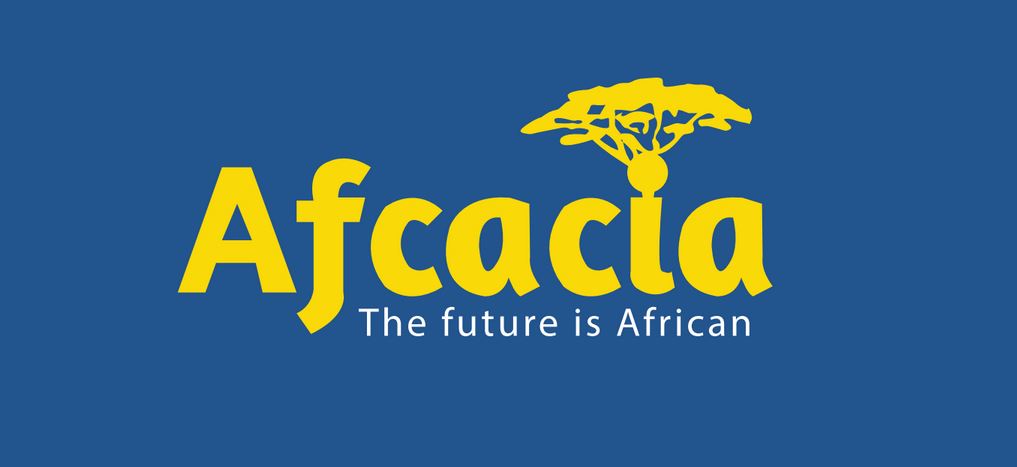TOPPAN Security, a global leader in secure identity and payment solutions, has introduced CHROMA, the world’s first full-color, photo-realistic laser personalization technology for polycarbonate identity documents — a breakthrough with far-reaching implications for digital identity, border security, and inclusive citizenship across Africa.
Unveiled at the ICAO TRIP Symposium, CHROMA marks a new era in how identity is protected and presented. For decades, governments issuing ID documents have faced a trade-off: they could either prioritize the integrity of an image or focus on portrait quality — but not both. CHROMA resolves this dilemma, combining unparalleled document security with vivid, lifelike imagery that enhances recognition accuracy and prevents fraud.
“CHROMA brings identity to life with unmatched realism and precision, delivering lifelike imagery on secure polycarbonate documents that exceed today’s security benchmarks, as well as driving inclusive citizenship and security,” said Jean-Pierre Ting, President of TOPPAN Security. He added that African countries could particularly benefit from the rollout, given the technology’s potential to strengthen financial inclusion, migration management, and border integrity.
TOPPAN says CHROMA’s innovation lies in how it embeds color directly within the document body — rather than printing it on the surface — making counterfeiting or photo substitution virtually impossible. Its tamper-proof color images are achieved through a process that fuses photosensitive cyan, magenta, and yellow dyes using a single precision laser beam. The result: a secure, high-fidelity portrait that retains tones, textures, and fine details unique to every face.
Document fraud remains a persistent challenge across Africa, particularly at borders and in national identification programs. CHROMA strengthens visual verification by enhancing facial recognition accuracy and reducing the risk of human misidentification. “For governments working to modernize ID systems and migration frameworks, precision and trust are everything,” said Ting. “CHROMA delivers both.”
Until now, black-and-white laser engraving has been the industry’s gold standard for personalization. While color technologies have existed, they were often limited by durability issues, high costs, and complex production processes. Consequently, only about 20 countries globally have adopted color portraits for polycarbonate documents. CHROMA changes that, combining the durability of laser engraving with color realism that improves recognition rather than distracting from it.
“Identity documents must do more than fraud prevention, they should preserve the truth of who we are,” said Frédéric Jacquot, Director and Head of Product ID Documents at TOPPAN. “CHROMA provides the authenticity and assurance that governments and citizens require.”
The company says the technology also helps align identity verification across all checkpoints — from the individual standing before an officer to the full-color image stored on a document’s chip and the version displayed on-screen during inspection. This consistency enhances trust and speeds up border verification.
As African nations invest in secure digital ID programs to drive economic inclusion and cross-border integration under the African Continental Free Trade Area (AfCFTA), innovations like CHROMA could play a critical role in ensuring that digital identity systems are both secure and human-centered — a balance many governments have struggled to achieve.




